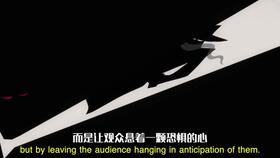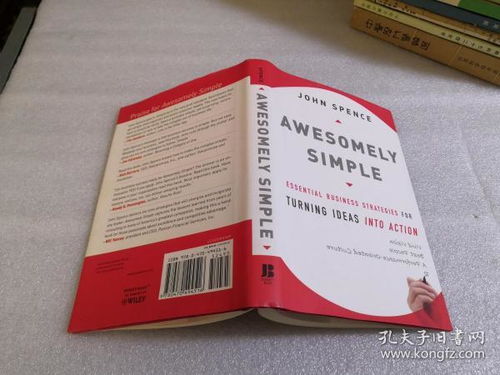Content:
Introduction: Fishing is not just a hobby; it's an art that requires patience, skill, and knowledge. Competitive fishing, also known as tournament fishing, takes this art to a whole new level. To excel in this field, it is essential to learn and master the various techniques that can give you an edge over your competitors. In this article, we will provide you with a comprehensive tutorial on how to learn and refine your competitive fishing skills.
Understanding the Basics: Before diving into the intricacies of competitive fishing, it is crucial to have a solid understanding of the basics. Familiarize yourself with different types of fishing rods, reels, lines, and baits. Learn about the different fish species, their habitats, and preferred food sources. This knowledge will serve as the foundation for your competitive fishing journey.
Choosing the Right Equipment: Selecting the appropriate equipment is vital for success in competitive fishing. Invest in high-quality fishing rods, reels, lines, and lures that suit your preferred fishing style and target species. Consider the following factors when choosing your equipment:
- Rod Length: A longer rod provides more leverage, while a shorter rod offers better maneuverability.
- Line Strength: Choose a line that can withstand the pressure of the fish you're targeting.
- Reel Type: Spinning reels are suitable for lighter lures and baits, while baitcasting reels are ideal for heavier ones.
- Lures and Baits: Research and experiment with different lures and baits to find what works best for your target species.
Mastering the Casting Technique: Casting is a fundamental skill in competitive fishing. To improve your casting technique, follow these steps:
- Grip: Hold the rod with a comfortable grip, ensuring a firm yet relaxed hold.
- Position: Stand with your feet shoulder-width apart, bend your knees slightly, and keep your back straight.
- Arm Position: Extend your casting arm and align it with the rod, keeping your wrist firm.
- Wind-up: Rotate your wrist and arm in a smooth, controlled motion.
- Release: Release the line at the peak of your wind-up, allowing the lure to fly through the air.
Navigating the Water: To be successful in competitive fishing, you need to understand the water you're fishing in. Familiarize yourself with the following:

- Currents: Understand the direction and strength of currents, as they can affect your fishing strategy.
- Depth: Research the depth of the water, as different fish species prefer different depths.
- Structure: Identify natural and artificial structures such as rocks, weeds, and docks that can hold fish.
Baiting and Luring Techniques: Mastering the art of baiting and luring is crucial for attracting fish. Here are some techniques to consider:
- Live Bait: Use live bait, such as worms, minnows, or crayfish, to attract fish. Ensure the bait is fresh and in good condition.
- Artificial Lures: Experiment with different artificial lures, such as spinnerbaits, crankbaits, and jigs. Find out which lures work best for your target species.
- Timing: Fish are more active during certain times of the day, such as early morning or evening. Adapt your baiting and luring techniques to these times.
Patience and Practice: Competitive fishing requires patience and practice. Spend time on the water, honing your skills and learning from your experiences. Pay attention to your surroundings, and adapt your techniques as needed.
Conclusion: Learning competitive fishing techniques can be challenging, but with dedication and practice, you can become a skilled angler. By understanding the basics, choosing the right equipment, mastering casting, navigating the water, and refining your baiting and luring techniques, you'll be well on your way to success in the world of competitive fishing. Remember, patience and practice are key to becoming a master angler. Happy fishing!












